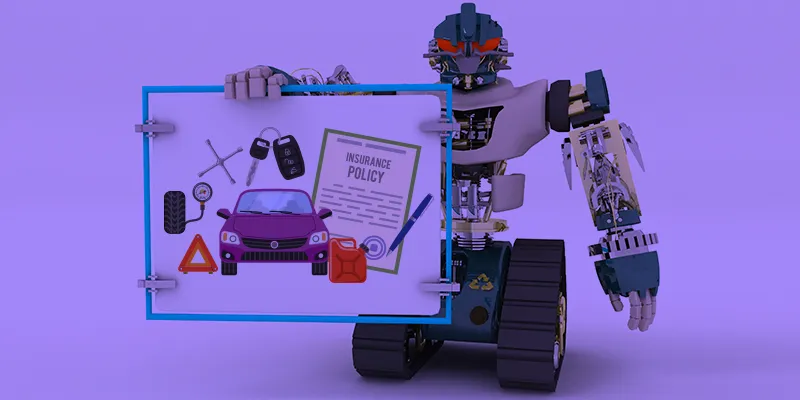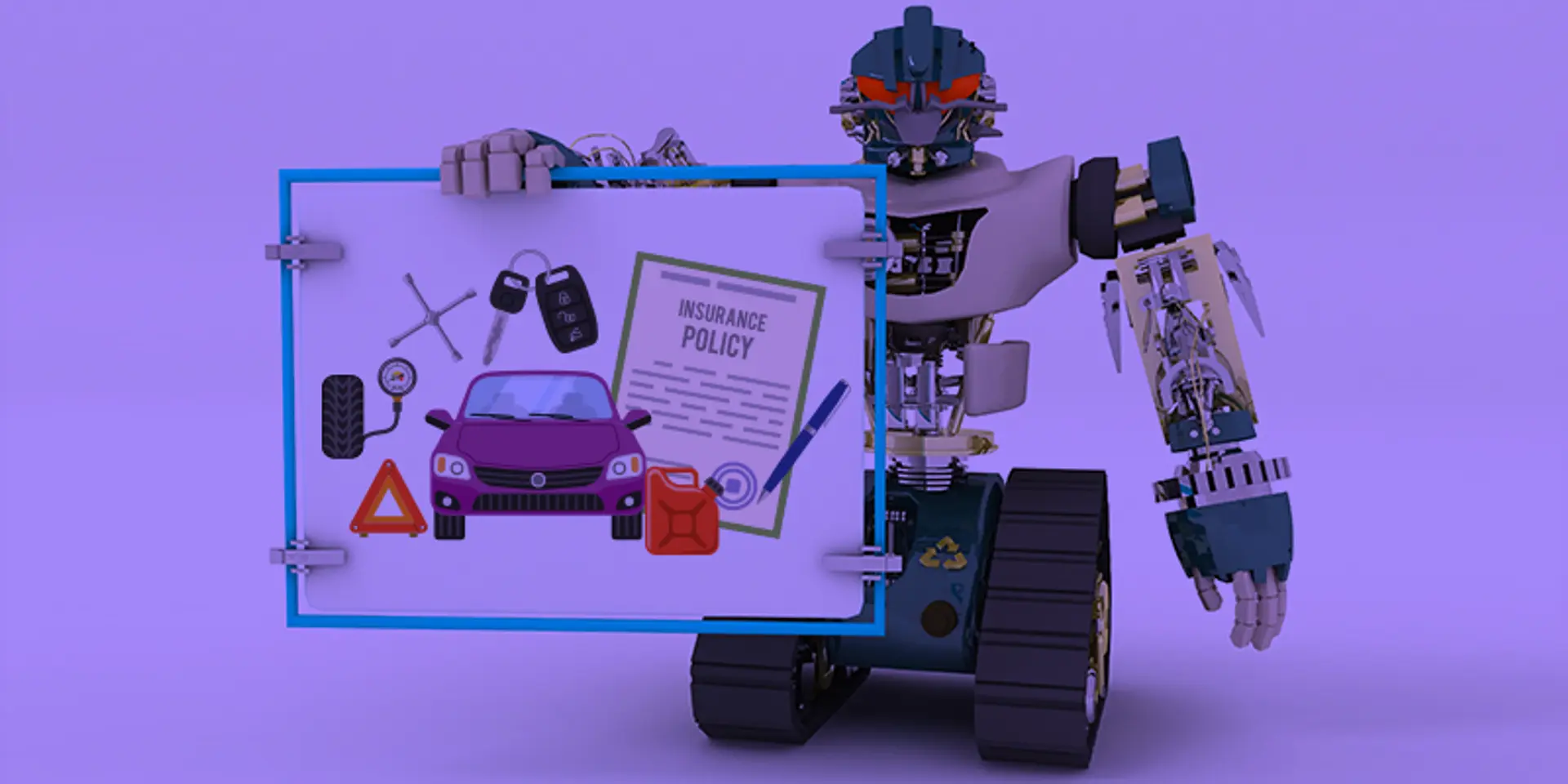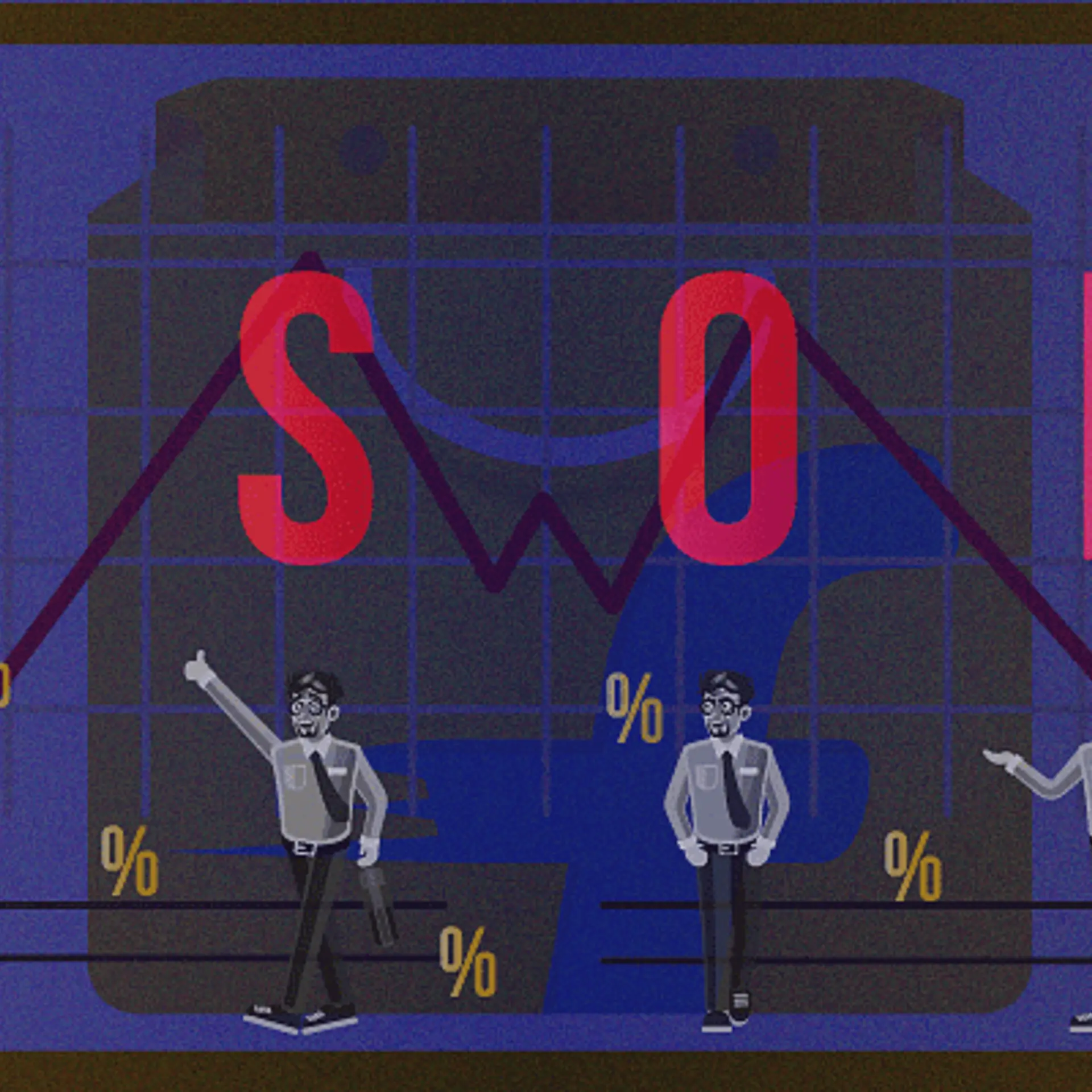How Artificial Intelligence is disrupting the insurance industry
In a country with low insurance penetration, AI could be the solution to improve the reach and profitability of insurance companies in India.

The last three years have seen a massive upswing in the use of AI across different business verticals. And insurance, being one of the oldest industries, has multiple use-cases that can improve every aspect of business from underwriting to distribution to claim management.
Insurers, in India and overseas, are aggressively investing in startups and small teams to unleash the power of AI in insurance.
Let us see how AI is and will be disrupting the insurance industry.
What is AI?
Most people use AI in a very broad perspective. It is important to first understand what AI refers to:
“Artificial Intelligence refers to intelligent software that can draw on data in order to autonomously control machines, produce forecasts, or derive actions.”
People also confuse Artificial Intelligence with Machine Learning (ML). Although both fields are similar, they are not the same. While Machine Learning analyses data and identifies useful patterns, AI goes a step further by learning from existing data and applying that learning to new situations.
Having said that, boundaries that separate them are not clear and most business applications use a mix of AI and machine learning tools.
What are the broad areas where AI is used?
While there are a number of cases where AI is applied, usage of core technology can be broadly categorised into four areas:
Image Recognition: It helps to understand the objects, places, and people in pictures. This is a rapidly growing field with a lot of promise that can impact many industry verticals.
Voice Recognition: This is the ability of a programme to recognise and analyse spoken language words and phrases and convert them into data. Speech recognition can be applied by an enterprise for call routing, voice dialing, voice search and speech-to-text processing.
Natural Language Processing (NLP): NLP is concerned with interactions between human languages and computers. Computer programs can understand spoken or written human speech. Software like Amazon’s Alexa, Apple’s Siri, Microsoft’s Cortana, and Google Assistant use NLP to understand and respond to users’ questions
Virtual Agents/chatbots: These are ‘human like’ agents that can understand human conversations and perform specific business tasks. Currently used to provide customer service and support kind of roles.
Key AI based innovations in the insurance industry
At the very core, insurance companies have three challenges - reach out to prospective customers at right time; understand customer need and provide the right product; provide fastest claim support to genuine customers and reject fraudulent claims.
To accomplish these three challenges, every insurance firm mobilises an army of agents, brokers, marketing teams, support personnel, claim investigators, and technology systems. When all these forces work together there is a lot of redundancy and friction in the system and this is where AI can unleash itself in the insurance eco-system.
Automated claim support
Let’s look at the case of Lemonade, a Softbank backed insurance startup based in NYC, that was in the news recently for settling an insurance claim within three seconds using its claims bot. Jim, Lemonade’s bot reviewed the claim, cross referenced details with the original policy, ran fraud detection algorithms and once everything looked okay, sent wire instructions to the bank to pay the claim.
We can expect a future where insurance companies use image recognition technologies to assess damage to your car based on the photos you upload. A first level claim investigation can directly happen in an automated manner and in certain cases, the claim can be settled automatically without human intervention.
A lot of claims where documentation is standardised do not need extensive human review. Deploying bots to review claims will save huge manpower for insurance companies and provide customers with instant claim settlement. Insurers save cost and customers get better service.
Insurance chatbots
Insurance buying is often a confusing and cumbersome process for customers. Too much information hidden in fine-print, lengthy policy documents and complex jargon create a ‘fear of unknown’ in customer minds. Customers need an intelligent and interactive platform that not only executes a transaction but also educates them on the nitty-gritties of insurance buying. This is where intelligent ‘chatbots’ are coming into play to fill the role of traditional ‘insurance’ agents. US startups like Insurify have launched chatbots on Facebook Messenger that help customers compare quotes, understand policy terms and buy an insurance cover.
Dynamic underwriting
With the advent of IoT, there has been an explosion of data in the insurance sector. Take the case of MetroMile, a US-based startup, that has opted for a ‘pay-per-mile’ model where insurance premium is determined by usage of a car. The company installs a device on the vehicle which continuously monitors miles, sudden speed changes, jerks, collisions, etc. It is working on AI based algorithms to improve the underwriting (process of determining the premium) as it collects more data about usage. Risky drivers will automatically have a higher loading to their premium over time.
Fitness trackers in health insurance segment and vehicle tracking devices in auto insurance bring in the possibility of intelligent underwriting algorithms that are truly dynamic in nature.
We can see insurance premium determined by bots rather than actuaries sitting behind office desks.
Predictive Analytics
Insurance companies, especially those in the health insurance segment, have a huge stake in the personal wellbeing of their customers. Why? If a person stays healthy, she doesn’t need insurance and hence insurance companies don’t have to pay claims.
Companies like Aditya Birla Health Insurance have come up with wellness benefits that encourage customers to stay healthy. Based on previous year claims, hospitalisation instances, renewal history and other customer data, predictive algorithms now provide incentives to customers to improve wellness (eg. offering a free health checkup to customers) that can preempt any health risks and avoid instances of hospitalisation.
One such example is Lumiata, a Predictive AI startup, that offers ‘Data-as-a Solution’ product and provides insights to insurance companies by accurately predicting the future health trajectories of its customers and the associated utilisation of healthcare resources.
Startup uses massive amounts of claim data and insurance usage patterns to generate these insights at an individual level.
Overall, every aspect of insurance business, from underwriting to distribution to risk mitigation to claim settlement have problems that can be solved using Artificial Intelligence. With a country with a low insurance penetration as India, AI could be the solution to improve the reach and profitability of insurance companies.
(Disclaimer: The views and opinions expressed in this article are those of the author and do not necessarily reflect the views of YourStory.)







